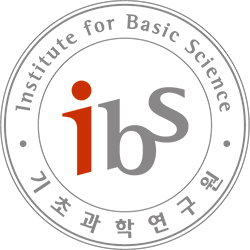Mihyun Kang (강미현), The genus of a random graph and the fragile genus property
Room B232 IBS (기초과학연구원)In this talk we shall discuss how quickly the genus of the Erdős-Rényi random graph grows as the number of edges increases and how dramatically a small number of random edges can increase the genus of a randomly perturbed graph. (Joint work with Chris Dowden and Michael Krivelevich)

